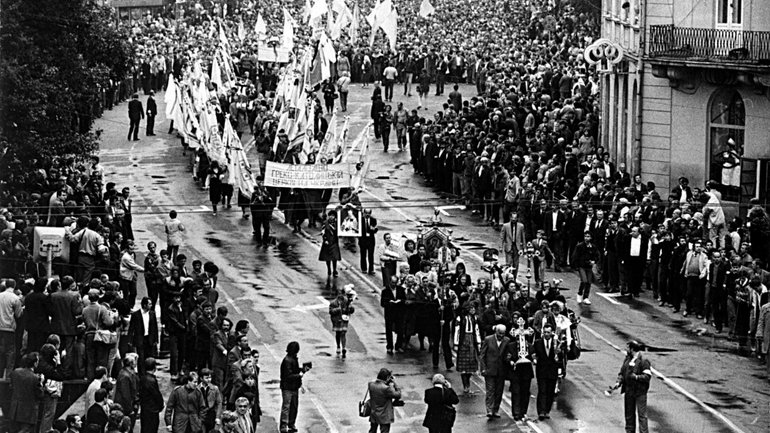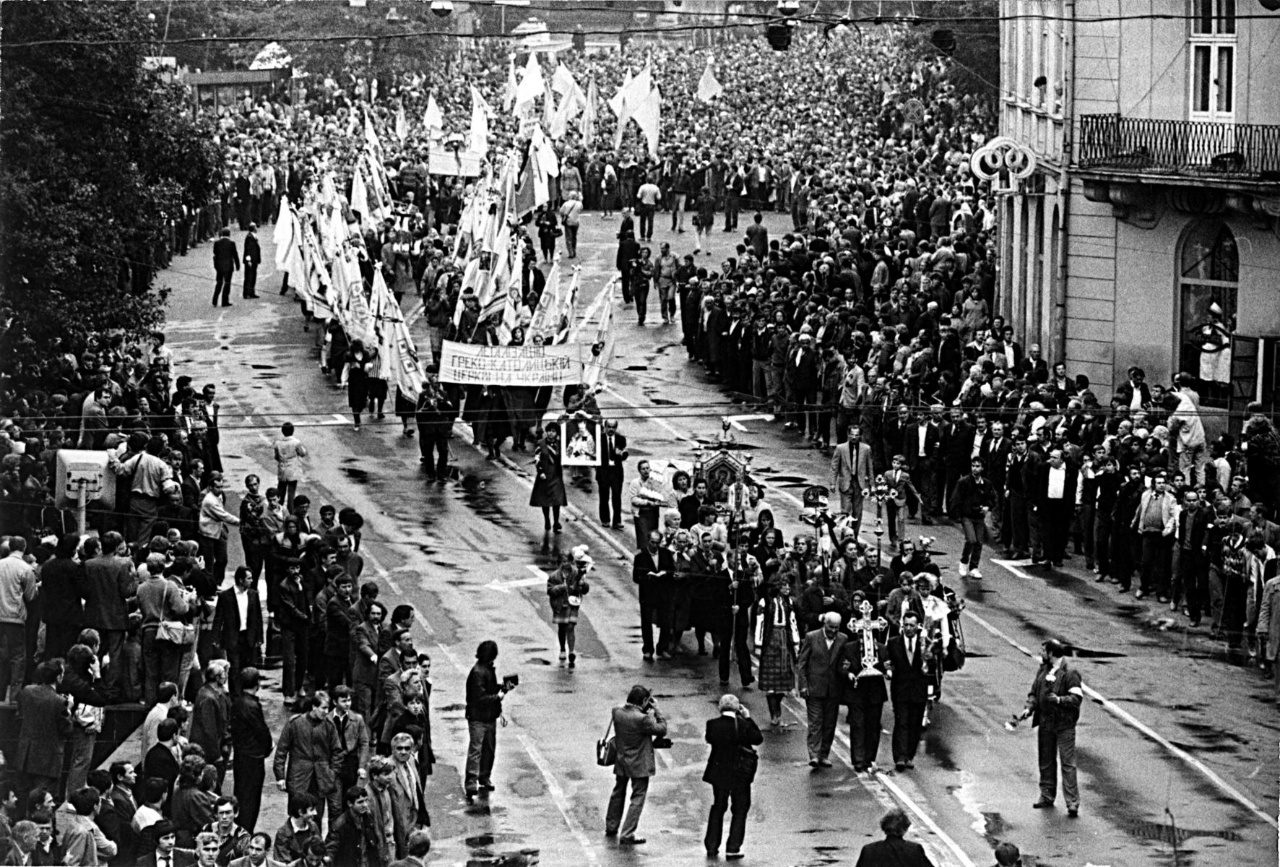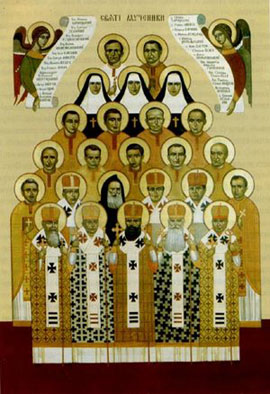30 years since the UGCC emerged from the underground


Between 1946 and 1989, the UGCC was the largest forbidden Church in the world. For 43 years, it operated while underground. Contrary to the will of the clergy and the faithful, its liquidation was announced at the Lviv Cathedral in 1946. Ancient churches were taken down, hierarchs imprisoned and sent to exile, believers forced to abandon their parents' church tradition.
The Communist government of Russia could not accept the existence of a spiritual community that had shaped and preserved Ukrainian national identity for centuries.
Thousands of the UGCC faithful and clergy had been persecuted and repressed. Since April of 1945, practically all of the UGCC bishops and several high priests of the monasteries had already been placed in the NKVD torture chambers. Thousands of Greek-Catholic priests ended up in the Soviet Gulag concentration camp. According to the Church History Institute (UCU), from 1945 to 1946, the NKVD arrested more than 800 Greek Catholic priests and bishops, sentencing them to 10-25 years in camps of Mordovia, Siberia, and Kazakhstan. Among them was the UGCC leader Joseph (Slipyj), who led the Church from exile for 18 years of its underground existence.
In August 1987, a group of the UGCC clergy and Ukrainian dissidents wrote a request to the Pope to support the UGCC's exit from the underground. Tens of thousands of signatures of the UGCC laymen have been collected.
In May 1989, Greek Catholics declared a hunger strike in Arbat Street in Moscow demanding to legalize the UGCC.
On October 29, 1989, the UGCC exited the underground and returned its Church of the Transfiguration in Lviv.
On December 1, 1989, after the meeting of Mikhail Gorbachev with Pope John Paul II, he was allowed to officially register the parishes of the UGCC.
During his visit to Ukraine, Pope John Paul II beatified 27 martyrs of the UGCC, who suffered during the persecutions. The recognition of these 27 people is a recognition of the entire Church, its spiritual feat in the twentieth century. It attests that it was not afraid to challenge the totalitarian system of the time. The underground kept its faith and the UGCC emerged from it even stronger and more organized than before.
On June 27, the UGCC honors its confessors of the faith and the martyrs beatified by John Paul II during his visit to Lviv.
Soon the Church began a new process. There are more than forty names on the list, united by their faith and dedication to the UGCC.










